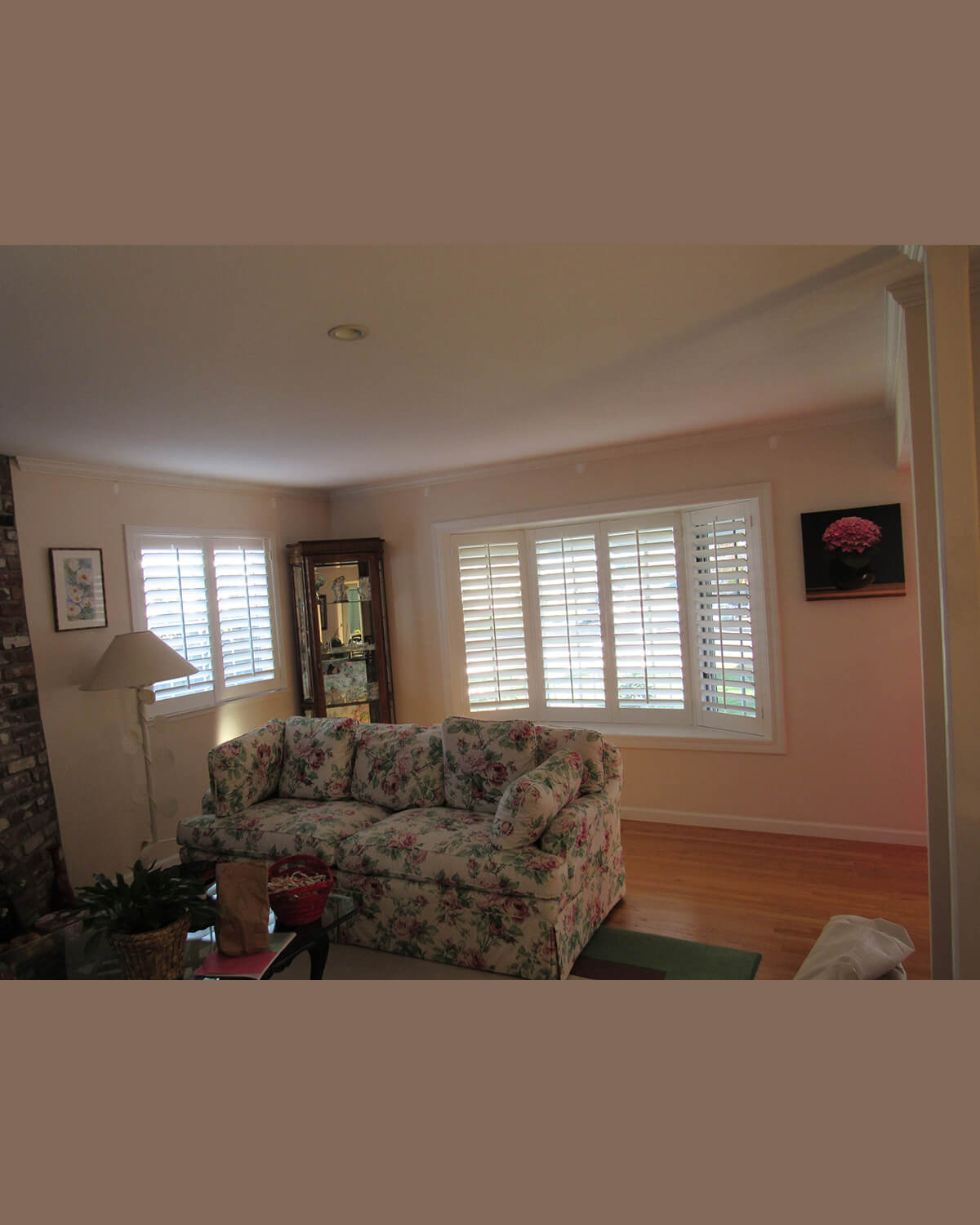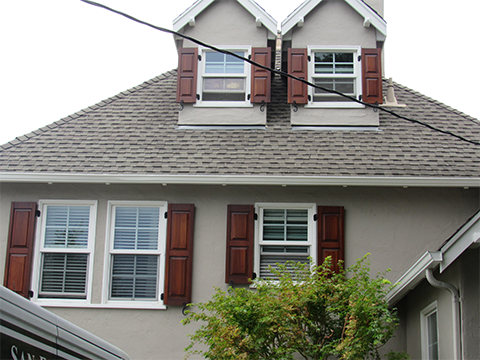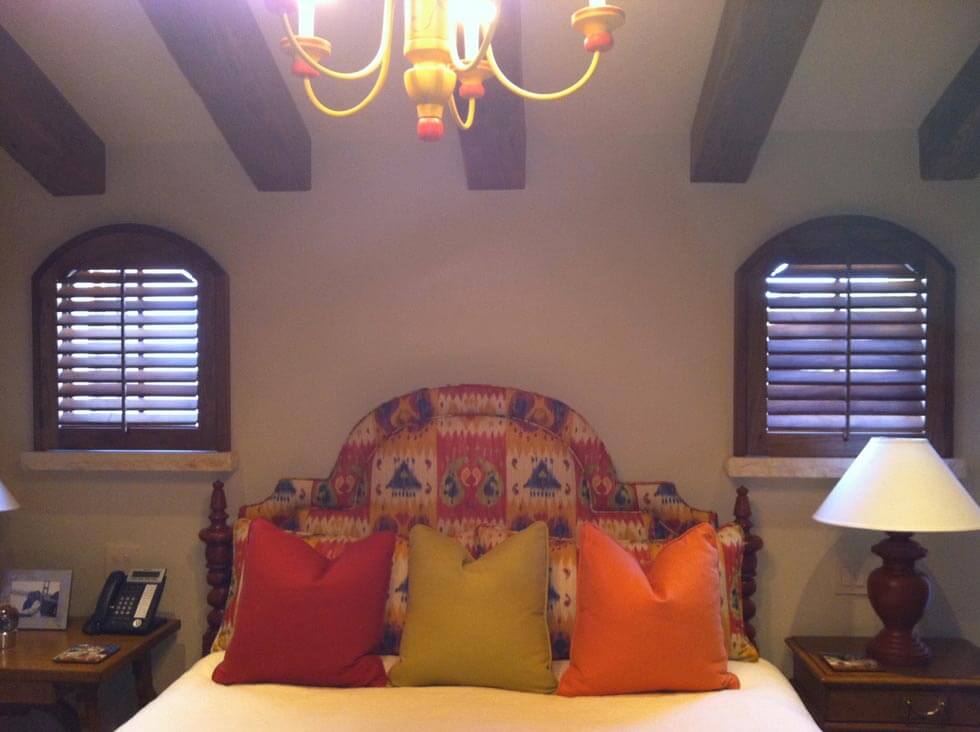Choosing Shutters as New Window Coverings

Plantation shutters are many homeowners’ favorite window coverings. They are durable, versatile, and can be less expensive than most custom textile draperies. Interior shutters can also increase the value of your home. They are one of the few window coverings that you can finance in the purchase of your house, because if you sell, they often stay with the home. But deciding on shutters is only the first step. You also have to consider the style and material you want for your window covering. Here is some information to get you started.
Brief History of Shutters
Many associate plantation shutters with the grandiose mansions and old plantations of the south. While these unique window coverings did gain popularity during that time, the shutters go as far back as ancient Greece. They were designed for three basic functions: ventilation, light control, and protection. In ancient Greece the first shutters were made of marble. They were solid, sturdy, and difficult to maneuver. Later, as woodworkers became masters of their craft, the design and functionality of louvered shutters improved. In the 18th and 19th centuries, the Spanish introduced shutters to America. Not only were they functional, but renowned for the grandeur and elegance they provided in the design of a home.
Types of Shutter Styles
Most often interior shutters are horizontal louvers you can adjust with a tilt rod, up and down. This allows you to let varying degrees of light in a room and control your level of privacy. Of these, there are two main types: traditional and plantation shutters.
Traditional shutters are shallow, only about 1 ¼ to 1 ¾ inches wide. As such, professional installers from San Francisco Shutters Co. can install them inside the window frame.
Plantation shutters are often wider, anywhere from 2 ½ to 4 ½ inches. The wider slats originated in warmer climates, and let in more air while also blocking out the hot sunlight.
The last style is called paneled shutters. They do not have louvers. Instead the panels open and close to let in or shut out light. Some panel shutters come in split design, with louvers on the bottom of top half.
Materials Used for Shutters
These window coverings in San Jose, CA come in several materials which makes them a great alternative to blinds, curtains, and other draperies. They can match any style and color, streamlining the design of your home. Here are the materials you can choose from: natural wood, Polybilt composite and vinyl.
Natural or painted wood shutters are often made of a lightweight hardwood. It has a tight grain and consistent color. The basswood resists moisture and takes both paint and stain well.
Some window shutters are made from wood strands and fibers bonded together. The composite engineered wood is stronger, stiffer, and more durable than natural wood. These window coverings come pre-finished.
Polybilt comes from recyclable synthetics, engineered and reinforced. These window coverings are energy efficient. The surface will not chip, crack, or warp. And though these come in standard white or off-white, you can custom paint Polybilt in any color of your choosing.
Last, but not least, vinyl shutters are durable, lightweight, and resistant to moisture. These shutters will not warp. Though they cannot be painted, these window coverings do come in a variety of finishes, in a range of popular neutral colors. They are often the least expensive option and come mainly in plantation styles.
Are you still curious about the types of window coverings offered at San Francisco Shutters Co? Contact us today at (650) 552-9020. We can set up an appointment to visit and check out some styles and materials in our showroom at 1676 Gilbreth Rd. Burlingame, CA 94010.





